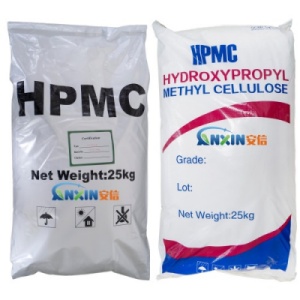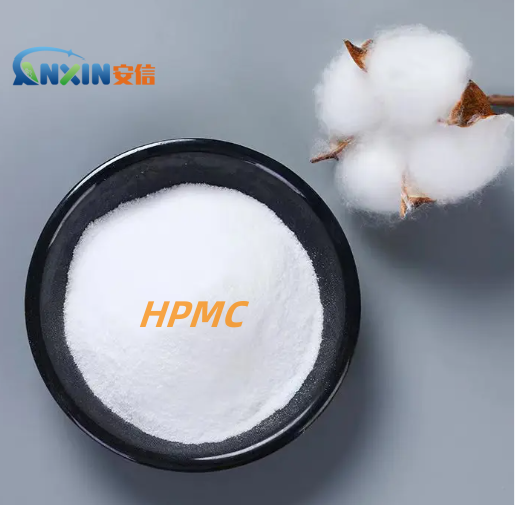Chemical interactions between HPMC and cementitious materials
Hydroxypropyl methylcellulose (HPMC) is a widely used cellulose ether in construction materials due to its unique properties such as water retention, thickening ability, and adhesion. In cementitious systems, HPMC serves various purposes, including enhancing workability, improving adhesion, and controlling the hydration process.
Cementitious materials play a vital role in construction, providing the structural backbone for various infrastructural applications. In recent years, there has been a growing interest in modifying cementitious systems to meet specific performance requirements, such as enhanced workability, improved durability, and reduced environmental impact. Hydroxypropyl methylcellulose (HPMC) is one of the most commonly used additives in cementitious formulations due to its versatile properties and compatibility with cement.
1.Properties of Hydroxypropyl Methylcellulose (HPMC)
HPMC is a cellulose ether derived from natural cellulose through chemical modification. It possesses several desirable properties for construction applications, including:
Water retention: HPMC can absorb and retain large amounts of water, which helps to prevent rapid evaporation and maintain proper hydration conditions in cementitious systems.
Thickening ability: HPMC imparts viscosity to cementitious mixes, improving their workability and reducing segregation and bleeding.
Adhesion: HPMC enhances the adhesion of cementitious materials to various substrates, leading to improved bond strength and durability.
Chemical stability: HPMC is resistant to chemical degradation in alkaline environments, making it suitable for use in cement-based systems.
2.Chemical Interactions Between HPMC and Cementitious Materials
The interactions between HPMC and cementitious materials occur at multiple levels, including physical adsorption, chemical reactions, and microstructural modifications. These interactions influence the hydration kinetics, microstructure development, mechanical properties, and durability of the resulting cementitious composites.
3.Physical Adsorption
HPMC molecules can physically adsorb onto the surface of cement particles through hydrogen bonding and Van der Waals forces. This adsorption process is influenced by factors such as the surface area and charge of the cement particles, as well as the molecular weight and concentration of HPMC in the solution. Physical adsorption of HPMC helps to improve the dispersion of cement particles in water, leading to enhanced workability and reduced water demand in cementitious mixes.
4.Chemical Reactions
HPMC can undergo chemical reactions with components of cementitious materials, particularly with calcium ions released during the hydration of cement. The hydroxyl groups (-OH) present in HPMC molecules can react with calcium ions (Ca2+) to form calcium complexes, which may contribute to the setting and hardening of cementitious systems. Additionally, HPMC may interact with other cement hydration products, such as calcium silicate hydrates (C-S-H), through hydrogen bonding and ion exchange processes, influencing the microstructure and mechanical properties of the hardened cement paste.
5.Microstructural Modifications
The presence of HPMC in cementitious systems can induce microstructural modifications, including changes in pore structure, pore size distribution, and hydration products morphology. HPMC molecules act as pore fillers and nucleation sites for hydration products, leading to denser microstructures with finer pores and more uniform distribution of hydration products. These microstructural modifications contribute to improved mechanical properties, such as compressive strength, flexural strength, and durability, of HPMC-modified cementitious materials.
6.Effects on Properties and Performance
The chemical interactions between HPMC and cementitious materials have significant effects on the properties and performance of cement-based products. These effects include:
7.Workability Enhancement
HPMC improves the workability of cementitious mixes by
reducing water demand, enhancing cohesion, and controlling bleeding and segregation. The thickening and water-retaining properties of HPMC allow for better flowability and pumpability of concrete mixes, facilitating construction operations and achieving desired surface finishes.
8.Control of Hydration Kinetics
HPMC influences the hydration kinetics of cementitious systems by regulating the availability of water and ions, as well as the nucleation and growth of hydration products. The presence of HPMC can retard or accelerate the hydration process depending on factors such as the type, concentration, and molecular weight of HPMC, as well as the curing conditions.
9.Improvement of Mechanical Properties
HPMC-modified cementitious materials exhibit enhanced mechanical properties compared to plain cement-based systems. The microstructural modifications induced by HPMC result in higher compressive strength, flexural strength, and toughness, as well as improved resistance to cracking and deformation under load.
10.Enhancement of Durability
HPMC enhances the durability of cementitious materials by improving their resistance to various degradation mechanisms, including freeze-thaw cycles, chemical attack, and carbonation. The denser microstructure and reduced permeability of HPMC-modified cementitious systems contribute to increased resistance to ingress of deleterious substances and prolonged service life.
Hydroxypropyl methylcellulose (HPMC) plays a crucial role in modifying the properties and performance of cementitious materials through chemical interactions with cement components. The physical adsorption, chemical reactions, and microstructural modifications induced by HPMC influence the workability, hydration kinetics, mechanical properties, and durability of cement-based products. Understanding these interactions is essential for optimizing the formulation of HPMC-modified cementitious materials for diverse construction applications, ranging from conventional concrete to specialized mortars and grouts. Further research is needed to explore the complex mechanisms underlying the interactions between HPMC and cementitious materials and to develop advanced HPMC-based additives with tailored properties for specific construction needs.
Post time: Apr-02-2024

